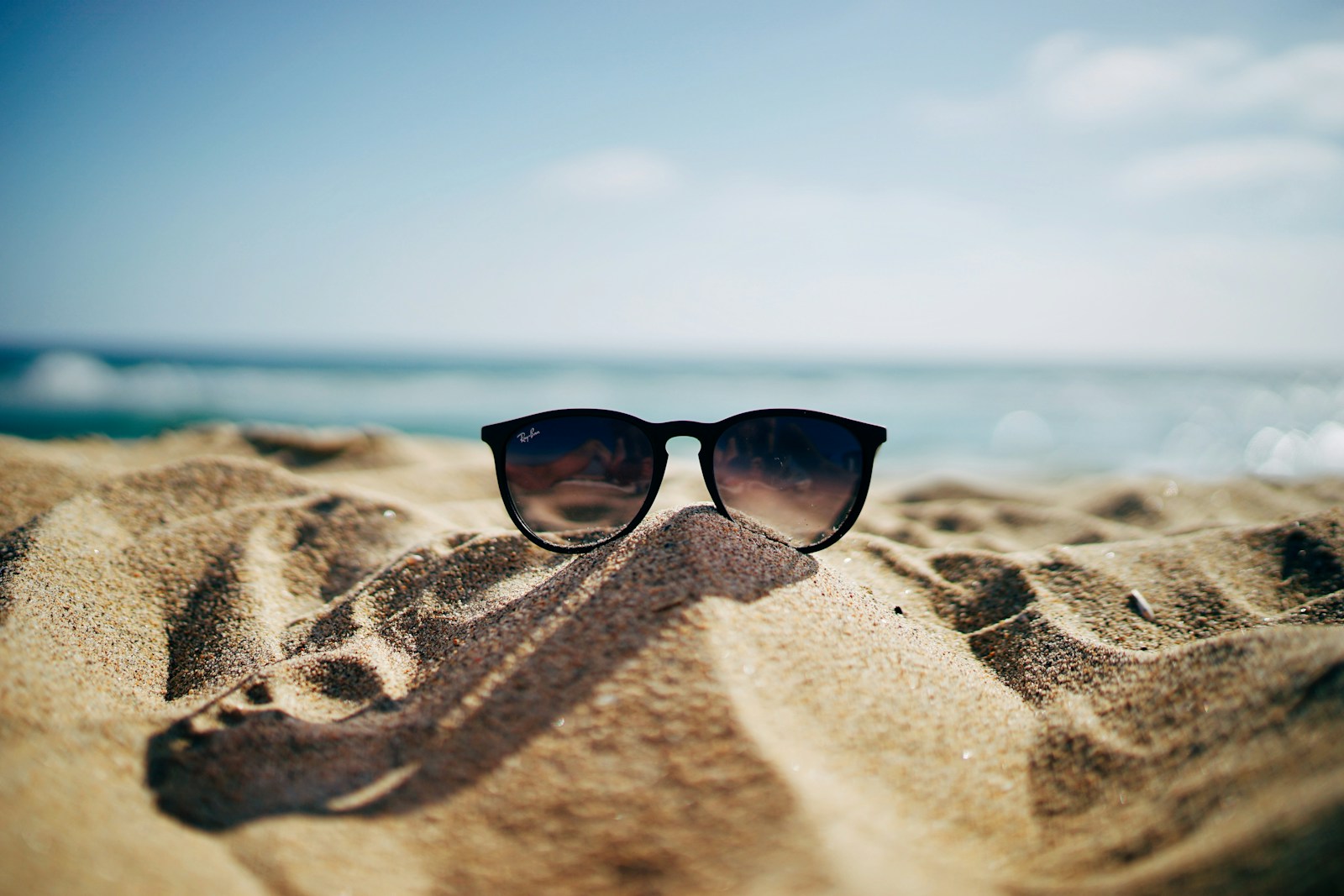Understanding UVA and UVB: The Science Behind Sun Damage
Embarking on a sun safety journey has led me to delve deep into the mysteries of the sun’s rays. It’s not just about finding shade or slathering on sunscreen; it’s about understanding what we’re protecting ourselves from. Today, I want to break down the science of UVA and UVB rays in a way that demystifies their effects on our skin and underscores the critical importance of broad-spectrum protection.
The Sun’s Spectrum: More Than Just Light
The sunlight that reaches us is composed of various types of rays. Among these, UVA and UVB rays are the main culprits behind skin damage. Here’s what I’ve learned about their differences and the unique threats they pose.
UVA Rays: The Aging Rays
UVA rays constitute the majority of the UV radiation reaching the Earth’s surface. Here’s the kicker: they can penetrate clouds and even glass, making them a constant companion, regardless of the weather or setting.
- Penetration Power: UVA rays delve deep into the skin, reaching the dermis, where they wreak havoc on our collagen and elastin. The result? Accelerated aging, characterized by wrinkles, sunspots, and a loss of skin elasticity.
- DNA Damage: Beyond aging, UVA rays can also damage our skin cells’ DNA, contributing to long-term skin health issues and increasing the risk of certain types of skin cancers.
UVB Rays: The Burning Rays
UVB rays are the primary cause of sunburn and play a significant role in the development of skin cancer. Their intensity varies by location, season, and time of day, peaking during summer months and midday hours.
- Surface Assault: Unlike UVA rays, UVB rays tend to damage the skin’s outermost layers. They’re responsible for the immediate signs of sun damage, like redness and swelling, which we commonly recognize as sunburn.
- Cancer Connection: UVB rays directly damage the DNA in our skin cells, which can lead to mutations and the development of skin cancers, including melanoma, the most severe form.
Broad-Spectrum Protection: Your Best Defense
Understanding the dual threat posed by UVA and UVB rays has solidified my commitment to broad-spectrum sun protection. Here’s why it’s non-negotiable:
- Comprehensive Coverage: Broad-spectrum sunscreens are formulated to shield the skin from both UVA and UVB rays, offering an all-encompassing defense. It’s like wearing a full suit of armor instead of just a helmet.
- Everyday Essential: Given that UVA rays are omnipresent, and UVB rays can vary in intensity, employing broad-spectrum protection daily ensures you’re covered, come rain or shine.
Personal Insights: Making Protection a Habit
Incorporating broad-spectrum protection into my daily routine has been a journey of education and habit-forming. It’s not just about the beach day; it’s about every day. I’ve learned to look for sunscreens that boast broad-spectrum coverage and to reapply diligently, especially during prolonged outdoor activities.
Moreover, I’ve embraced UPF-rated clothing and accessories as part of my sun safety arsenal, providing a physical barrier against the sun’s rays. And, on those bright, sunny days, seeking shade and avoiding peak sun hours have become second nature.
Final Thoughts: Knowledge Is Power
Grasping the science behind UVA and UVB rays has transformed my approach to sun safety. It’s a reminder that protection is more than a seasonal concern—it’s a daily commitment to our health and well-being. By understanding the enemy and arming ourselves with broad-spectrum protection, we can enjoy the sun’s warmth without sacrificing our skin’s health.
Let this knowledge empower you to make informed choices about sun protection, ensuring that your time spent outdoors enriches your life rather than detracts from your health. Remember, when it comes to the sun, knowledge and preparation are your best allies.




